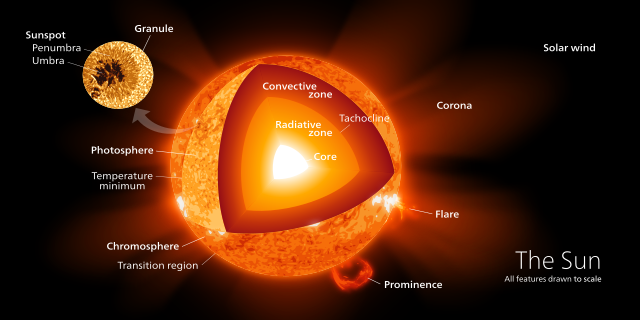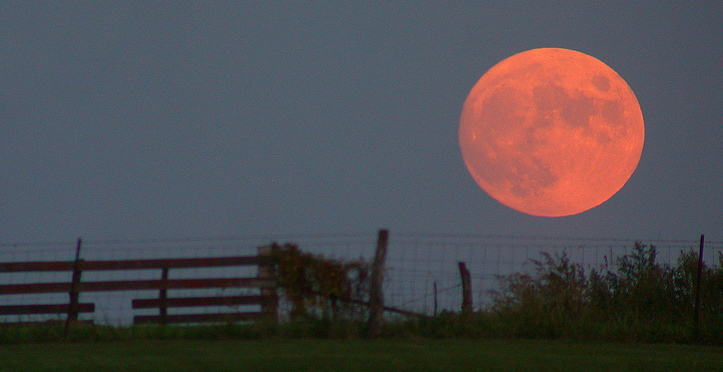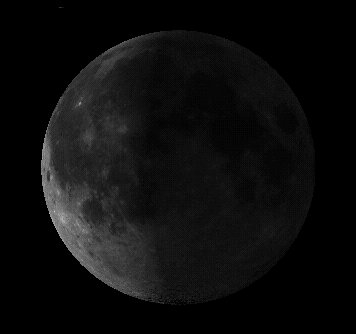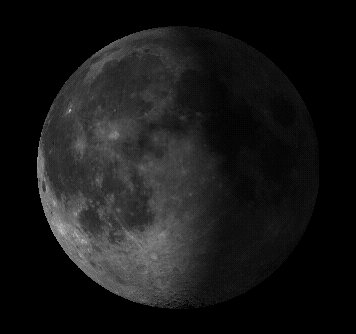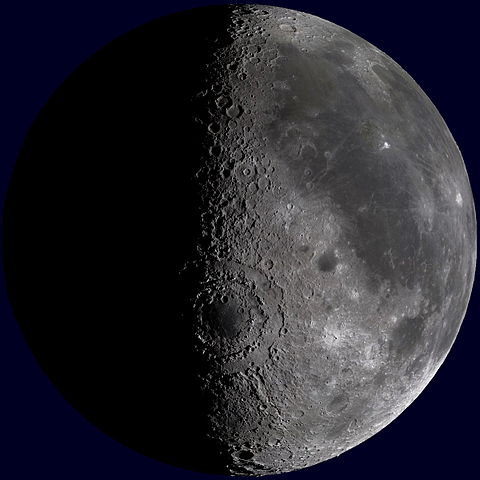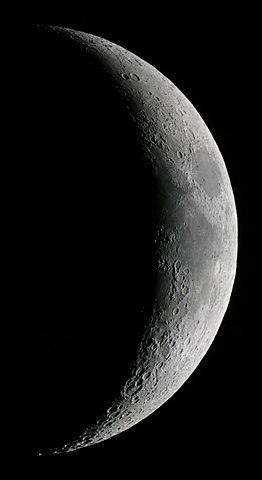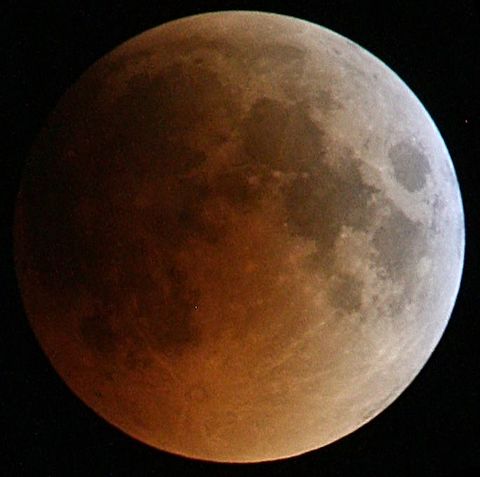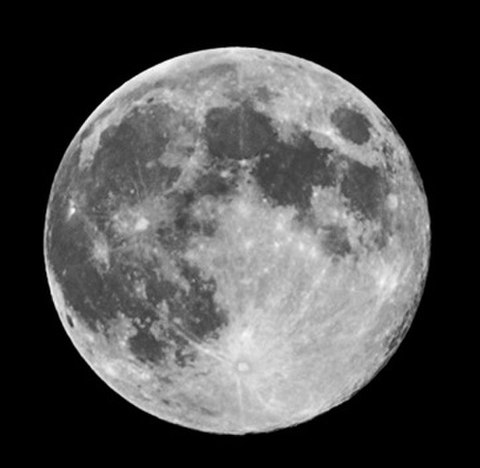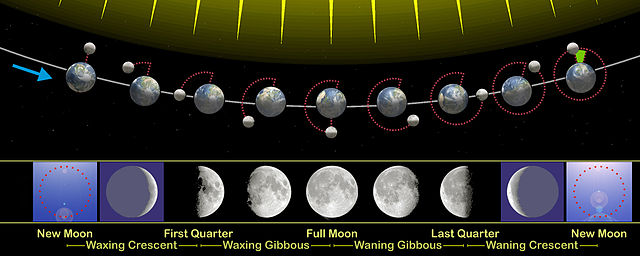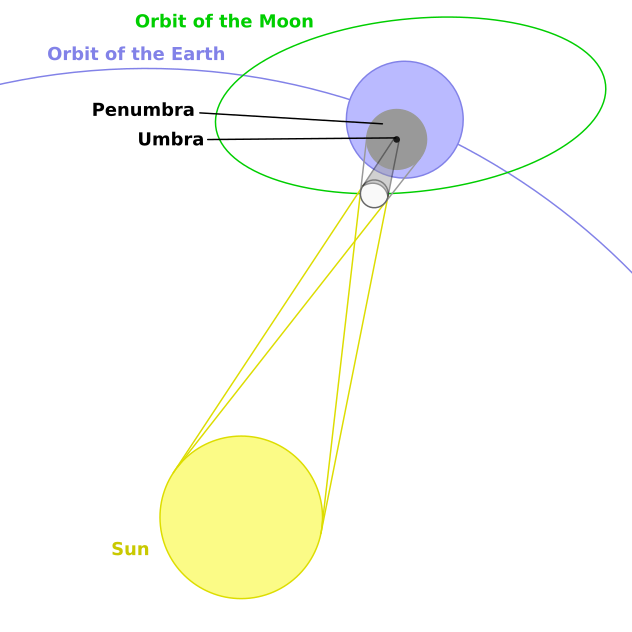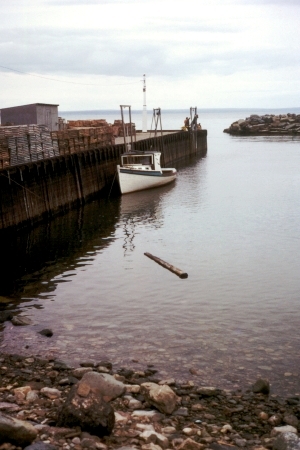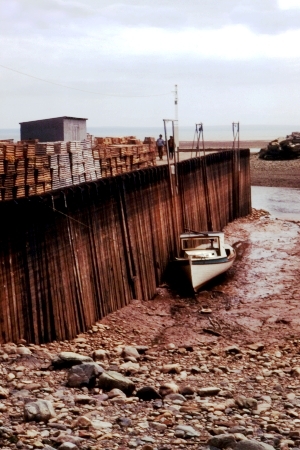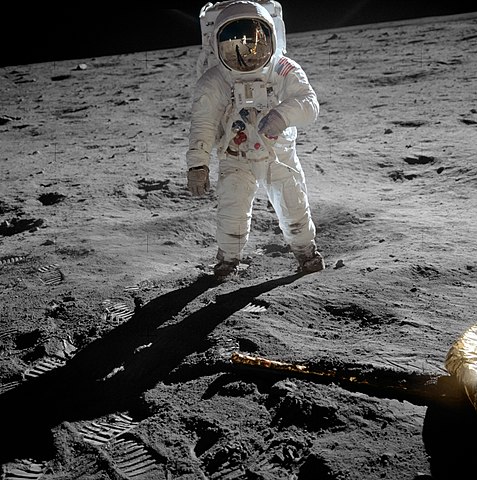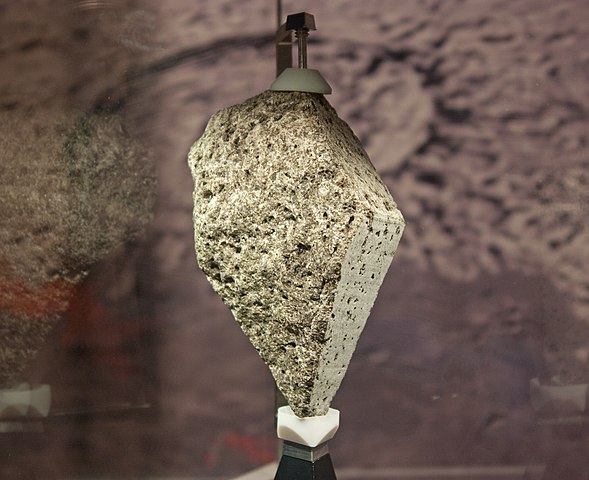Let's keep learning about the sun's solar core. We've learned about it's size and heat.
Remember before we learned about mass and how a marble and marshmallow may be the same size but one of them is thicker and heavier? That is called density.
The density of the sun is 150 times thicker than water.

(from: wikipedia - water)
Kid Facts - Blast from the past: Constellations - Gemini

